Encountering a caterpillar while gardening or hiking often leads to questions about what exact species it is. Caterpillar identification charts provide a helpful visual reference to quickly and accurately identify unknown caterpillar species. With their muted colors, fuzzy bodies, and variability, telling one species of caterpillar apart from another can be tricky. But using an identification chart that documents their distinguishing traits makes the process easy. In this article, we’ll look at key identification features and demonstrate how to use a caterpillar chart.
We’ll also provide a free downloadable caterpillar identification chart highlighting common backyard and garden species. With this caterpillar ID guide, nature lovers and gardeners can put their curiosity to rest and learn all about the caterpillars they come across.
Table of Contents
Caterpillar Identification Charts
Caterpillars can be difficult to identify, but this helpful pdf chart makes it easy. With detailed photos and descriptions, you can learn to recognize common caterpillar species. The chart groups caterpillars into sections based on the type of plants they feed on. For example, there are sections on caterpillars found on trees, shrubs, garden plants, grasses, and more. Each section features multiple caterpillar photos with information on their distinguishing features, host plants, and other useful ID tips.
Close up shots showcase key identification characteristics like coloring, striping patterns, spike projections, and hair tufts. The descriptive text highlights standout physical traits and typical behavior to help you zero in on the exact species. Whether you find an unfamiliar fuzzy caterpillar munching on your vegetable garden or ornamental plants, this pdf chart can help you identify it quickly. With its crystal clear photos and informative descriptions, this is an essential guide for nature lovers, gardeners, and anyone wanting to learn more about caterpillars.
The Importance of Caterpillar Identification

Caterpillar identification might seem like a niche interest, mainly reserved for entomologists or avid gardeners, but its significance extends into various aspects of ecology, agriculture, and even public health. Knowing which caterpillar species, you’re dealing with can have ramifications ranging from the health of local ecosystems to the effectiveness of pest management strategies. Here are some key reasons why caterpillar identification is important:
Biodiversity and Ecological Health
Caterpillars play a vital role in ecosystems as both consumers of plant material and as a food source for other animals. Different species have specialized roles within their habitats, contributing to the overall biodiversity and ecological health. For example, some caterpillars are crucial for pollination, while others help in nutrient cycling by consuming decaying organic matter. Accurate identification allows ecologists and conservationists to monitor species diversity and abundance, which in turn can serve as an indicator of the health of an ecosystem.
Agricultural Implications
For farmers and gardeners, caterpillar identification can have immediate practical benefits. While some caterpillars are benign or even beneficial, others are considered pests that can cause severe damage to crop and ornamental plants. Knowing which species are present can inform targeted pest management strategies. Instead of applying broad-spectrum insecticides, which can harm beneficial insects and lead to other environmental issues, specific, less harmful treatments can be used. Furthermore, understanding the life cycles of these caterpillars can help in timing these interventions for maximum effectiveness.
Public Health Concerns
Some caterpillars pose direct risks to humans and animals. For instance, certain species have stinging hairs or spines that can cause allergic reactions, skin irritation, or more severe health issues. Others may feed on plants that are poisonous to livestock. In these cases, correct identification is crucial for proper management and education. Health departments, veterinarians, and medical professionals can provide specific advice and treatments based on accurate identification of the caterpillar species involved.
Citizen Science and Education
Caterpillar identification has also become an accessible entry point for citizen science. Various apps and websites now allow people to upload photos for identification, contributing to scientific databases that help track species distributions, seasonal variations, and other ecological data. This not only aids scientific research but serves educational purposes. It helps people become more engaged with their local ecosystems, fostering a sense of stewardship and an understanding of biodiversity.
To sum up, the importance of caterpillar identification is multifaceted, offering benefits that range from ecological monitoring to practical applications in agriculture and public health. As technology continues to advance, making identification more accessible than ever, the potential for understanding and protecting the intricate roles these creatures play in our world only grows.
General Characteristics of Caterpillars: Size, Color Patterns, and Hairs and Spines
Caterpillars, the larval stage of butterflies and moths, are an incredibly diverse group of organisms with characteristics that can vary wildly from species to species. However, there are some general attributes, particularly regarding size, color patterns, and the presence or absence of hairs and spines, that can help in identifying them and understanding their ecological roles. Here’s a closer look at these characteristics:
Size
Caterpillars come in a wide range of sizes, influenced by factors such as species, age, and diet. Newly hatched caterpillars can be mere millimeters in length, while some fully-grown specimens of larger species may exceed several inches. The size of a caterpillar can often give clues about its species and sometimes its feeding habits. For instance, larger caterpillars often belong to species that feed on abundant plant material and have fewer natural predators, allowing them to grow to substantial sizes. However, size alone is rarely sufficient for accurate identification, as some species can have quite variable sizes depending on environmental conditions.
Color Patterns
The coloration and patterns on a caterpillar’s body are among its most distinguishing features. These can range from vibrant and striking to subdued and camouflaged. Color serves multiple purposes in the life of a caterpillar:
- Camouflage: Many caterpillars have colors and patterns that blend in seamlessly with their environment, offering protection from predators. For example, some resemble leaves, twigs, or even bird droppings.
- Warning: On the other end of the spectrum, bright, contrasting colors are often a sign of toxicity or unpalatability. These caterpillars are warning predators that they are not a good meal choice. This is known as “aposematism.”
- Mimicry: Some non-toxic caterpillars mimic the coloration of toxic species, gaining protection through their resemblance to a dangerous peer. This is an example of “Batesian mimicry.”
- Seasonal Variations: Interestingly, some caterpillars can change their coloration depending on the season to better match their environment, enhancing their camouflage capabilities.
Hairs and Spines
The presence, absence, or type of hairs and spines is another vital characteristic of caterpillars. These structures can serve several functions:
- Defense: Some caterpillars have urticating hairs or venomous spines that can deter predators or cause irritation upon contact with skin. The hairs or spines are often part of a specialized defense mechanism that may include glands containing toxins.
- Insulation: In some species, hairs provide a layer of insulation that helps the caterpillar maintain its body temperature, vital for metabolic functions and growth.
- Camouflage: Hairs can also serve a camouflage function, breaking up the outline of the caterpillar and making it less visible to predators.
- Sensory Function: Some hairs are specialized sensory structures that help the caterpillar detect changes in its environment, such as wind speed or the approach of a potential predator.
It’s important to note that not all caterpillars have hairs or spines; many are entirely smooth-skinned. Some species even exhibit polymorphism, where individuals within the same species can have different levels of hairiness or entirely different spine structures, usually as an adaptation to specific environmental pressures.
Types of Caterpillars
Caterpillars are incredibly diverse, with over 180,000 species described each with their own unique set of characteristics. For the purpose of this discussion, we’ll focus on some commonly encountered types that demonstrate the range of sizes, colors, and other characteristics found in these fascinating creatures.
Monarch Caterpillar
The Monarch caterpillar is one of the most recognizable, known for its vibrant black, white, and yellow striping. It is relatively large, growing up to 2 inches long. This species feeds almost exclusively on milkweed plants, which gives them a toxic compound that makes them unpalatable to predators. The vivid coloration serves as a warning sign, telling would-be predators to steer clear. Interestingly, Monarch caterpillars are specialists; they have adapted to feed on a plant that is toxic to most other insects, a strategy that limits competition for food resources.
Tomato Hornworm
The Tomato Hornworm is a large caterpillar, capable of reaching up to 4 inches in length. It is primarily green with a series of diagonal white stripes and a horn-like structure at its rear, aiding in camouflage among the leaves of tomato plants, its primary food source. Despite its size and somewhat fearsome appearance, the horn is not dangerous. However, this species is often considered a pest in gardens due to its voracious appetite for tomato foliage and fruits.
Woolly Bear Caterpillar
The Woolly Bear is a bristly, hairy caterpillar that is primarily black with a reddish-brown section in the middle. They are generally about 1.5 to 2 inches long. Folklore often attributes the length of the brown band to predicting the severity of the upcoming winter, although there’s no scientific evidence to support this. Woolly Bears feed on a variety of plants including grasses and clovers. Their hair is not venomous but can be irritating to the skin for some people.
Swallowtail Caterpillars
Swallowtail caterpillars come in various species, each with unique coloration and patterns. One common characteristic among many Swallowtail caterpillars is the presence of an “osmeterium,” a fleshy organ that protrudes from behind the head when the caterpillar is threatened and releases a foul odor. Some species, like the Black Swallowtail caterpillar, have a combination of green and black bands, while others like the Spicebush Swallowtail caterpillar are more camouflaged, mimicking the appearance of a bird dropping to deter predators.
Tent Caterpillar
The Tent Caterpillar is known for its social behavior and the silky ‘tents’ it constructs in trees. It is generally about 2 inches long and is a blue or black color with a white footprint-like pattern running down its back. They primarily feed on deciduous trees and are considered a pest in many regions due to their ability to defoliate trees. The tent-like structure serves as a communal living space, providing protection and warmth to the inhabitants.
Armyworms
Armyworms are so named because they travel in groups and can “march” across fields, consuming crops as they go. They tend to be dull-colored, usually in shades of brown or green, which helps them blend in with soil and plant matter. Their size can vary, but most are about 1 to 1.5 inches in length. Armyworms are often considered pests in agriculture, capable of damaging a wide variety of plants including grains, vegetables, and turf grasses.
Cabbage Looper
Cabbage Loopers are smooth-skinned, green caterpillars that move in a characteristic “looping” motion, arching their midsections as they go. They’re generally about 1 to 2 inches long and feed primarily on cruciferous vegetables like cabbage, broccoli, and Brussels sprouts. Their color helps them blend in with the leaves they consume, providing a form of camouflage. Gardeners and farmers often control these pests through biological methods, using natural predators or bacteria to limit their populations.
Luna Moth Caterpillar
The Luna Moth Caterpillar is an eye-catching green with tiny orange spots along the sides of its body. They can grow up to 2.5 inches in length. These caterpillars are known for their eventual transformation into the equally stunning Luna Moth. They mostly feed on the leaves of walnut and hickory trees. Despite their striking appearance, they’re not considered pests and are more of an aesthetic delight for those lucky enough to spot them.
Bagworms
Bagworm caterpillars are unique in that they construct protective cases, or “bags,” made from silk and materials like leaves and twigs. These bags can be up to 2 inches long and serve both as camouflage and protection. The caterpillar itself is generally a nondescript brown or tan color and around the same length as its bag. They feed on a variety of trees and shrubs and are often considered pests because they can defoliate plants.
Gypsy Moth Caterpillar
Gypsy Moth Caterpillars are identifiable by their blue and red dots and can grow up to 2 inches long. They are notorious pests that feed on the leaves of over 300 species of trees and shrubs, preferring oak trees when available. The caterpillar itself starts as a black, hairy larva but changes as it matures, eventually showcasing a pattern of red and blue dots against a backdrop of yellow or brown.
Saddleback Caterpillar
The Saddleback Caterpillar is unique for its green “saddle” pattern on its back. It has poisonous spines that can cause painful reactions if touched, making it one of the stinging caterpillars. They are relatively small, usually only reaching about 1 inch in length. These caterpillars feed on a variety of plants and are generally considered more of a health concern to humans due to their stinging spines than a pest to plants.
Eastern Tent Caterpillar
Eastern Tent Caterpillars are known for their communal behavior and the construction of large, tent-like silk webs in trees, mainly cherry and apple varieties. The caterpillars are black with a distinct white stripe running down their backs and fine, light-blue lines on their sides. They can grow up to 2.5 inches long. While considered a pest due to their potential to defoliate trees, their webs are primarily a survival strategy to offer protection from predators.
Zebra Caterpillar
The Zebra Caterpillar is so named because of its bold black and yellow stripes, similar to a zebra. It can grow up to 1.5 inches and usually feeds on cabbage, lettuce, and other similar plants. Unlike some of the more toxic or stinging types, the Zebra Caterpillar is generally harmless. Its striking coloration, however, can deter some predators, allowing it to feed in relative safety.
Pine Processionary Caterpillar
The Pine Processionary Caterpillar is notable for its hazardous hairs, which can cause irritation or allergic reactions upon contact. They are typically brown and hairy and can grow up to 1.5 inches long. As their name suggests, these caterpillars are commonly found on pine trees. Interestingly, they are known for their ‘processional’ behavior, moving head-to-tail in long lines when searching for food or a pupation site.
Leafroller Caterpillar
The Leafroller is named for its habit of rolling up leaves with silk to create a shelter. Inside these shelters, they can consume the leaf in safety. They come in various shades of green and brown to blend in with their environment and are relatively small, generally less than 1 inch long. While not particularly dangerous, they can be considered pests in orchards and gardens where they damage a variety of plants.
Cutworms
Cutworms are the larvae of several species of night-flying moths. They are usually brown, grey, or black, and can grow up to 2 inches long. Cutworms live in the soil and come out at night to feed, often cutting off young plants at the base, hence the name. They are notorious pests in gardens and fields and can cause significant damage to young plants if not adequately controlled.
Nettle Caterpillar
The Nettle Caterpillar is another stinging type, covered with spiky, venomous bristles. They are usually a mixture of black and white stripes and can grow up to 1 inch long. True to their name, they often feed on nettles, although they can also consume other plants. The stinging bristles serve as an effective deterrent against predators but can cause painful stings and rashes in humans.
Inchworms
Also known as measuring worms or loopers, Inchworms are smooth and elongated, usually green or brown. They are quite small, often less than 1 inch in length. These caterpillars are named for their distinctive movement pattern, where they contract their bodies to bring the rear end forward, then extend to move the front end, appearing to “measure” the ground as they move.
Prominent Moth Caterpillar
Prominent Moth Caterpillars are usually robust and thick-bodied, ranging in color from green to brown to mimic the trees they inhabit. Many species have unique horn-like projections on their back, contributing to their name “prominent.” They can be up to 2 inches long and primarily feed on deciduous trees like oak and cherry. Though they are not generally considered pests, their unique appearance makes them a favorite among naturalists.
Tiger Swallowtail Caterpillar
The Tiger Swallowtail Caterpillar is primarily green, with fake eye spots that make it resemble a snake, serving as a deterrent to predators. It can grow up to 2 inches long and feeds on the leaves of trees such as cherry and birch. This caterpillar transforms into the beautiful Tiger Swallowtail butterfly, which is a sight to behold in any garden.
Painted Lady Caterpillar
The Painted Lady Caterpillar is a spiky, black or brown caterpillar with a pattern of tiny white specks. It feeds on a wide range of host plants including thistles and nettles and can grow up to 1.5 inches. They are known for their amazing migratory behavior when they transform into Painted Lady butterflies, traveling great distances across continents.
Skipper Caterpillar
Skipper Caterpillars are generally brown or green with a thicker body at one end, tapering off towards the tail. They are usually smaller, around 1 inch long, and are known for their ‘skipping’ flight pattern as adults. They mainly feed on grass and are not generally considered pests.
Oak worm Caterpillar
As the name implies, Oak worms primarily feed on oak leaves. They have a variety of forms, but most are smooth and green with subtle striping or spotting to blend in with their leafy environment. Oak worms can be up to 2 inches long. While they can defoliate individual branches, they generally do not pose a significant threat to healthy trees.
Flannel Moth Caterpillar
Also known as puss caterpillars or asps, Flannel Moth Caterpillars are one of the most venomous caterpillars in the United States. They have a hairy, “flannel-like” appearance that can be brown, gray, or yellowish. The hair conceals venomous spines that can inflict painful stings. They can grow up to 1 inch and are typically found on shade trees and garden plants.
Silver-Spotted Tiger Moth Caterpillar
Also known as the Yellow Woolly Bear, this caterpillar is covered in long, thick yellow hairs and can grow up to 2 inches. It primarily feeds on a variety of plants, including herbs and trees, and turns into the Silver-Spotted Tiger Moth. Despite its fearsome name and appearance, this caterpillar is harmless to humans and plants.
Black Swallowtail Caterpillar
The Black Swallowtail Caterpillar is easy to identify with its green body and black bands dotted with yellow. These caterpillars are commonly found on plants like dill, parsley, and carrot, and can grow up to 2 inches. They eventually transform into Black Swallowtail butterflies, which are strikingly beautiful with dark, velvety wings.
Woolly Bear Caterpillar
Perhaps one of the most iconic caterpillars, the Woolly Bear, is black at both ends with a reddish-brown middle. They grow to about 1.5 inches and are famous for their alleged ability to predict winter weather based on the width of their brown band. While this is largely considered folklore, the Woolly Bear remains a well-liked symbol of autumn.
Tomato Hornworm
The Tomato Hornworm is a green caterpillar with white and black markings and a distinctive horn-like tail, making it quite conspicuous. They can grow up to 4 inches long and are primarily found on tomato plants, where they can be serious pests. Their coloration allows them to blend seamlessly into the green foliage of their host plants.
Spicebush Swallowtail Caterpillar
This is a unique caterpillar that mimics bird droppings in its early stages and turns green as it matures. The Spicebush Swallowtail Caterpillar has large eye-like spots when it reaches its final instar, which serves to deter predators. They are typically 2 inches long and feed on spicebush leaves and other members of the laurel family.
Forest Tent Caterpillar
Forest Tent Caterpillars are blue with a row of white footprint-shaped marks down their backs. Unlike the Eastern Tent Caterpillar, they don’t actually make tents but do spin a mat of silk where they congregate. They grow up to 2 inches and primarily feed on hardwood trees like oak and aspen.
Imperial Moth Caterpillar
This caterpillar is truly impressive in size, capable of reaching up to 4 inches in length. It has a variable coloration, ranging from green to brown, and has numerous spiny projections. Despite its intimidating appearance, it’s generally harmless to humans and feeds on a variety of deciduous trees.
Polyphemus Moth Caterpillar
Named after the cyclops from Greek mythology, this caterpillar is green with red and silver spots, growing up to 3 inches long. It’s a generalist, feeding on a variety of trees including oak, maple, and pine. The caterpillar spins a large silk cocoon and emerges as a large, beautiful moth with eyespots on its wings.
Harvester Caterpillar
The Harvester is unique because it’s one of the very few carnivorous caterpillars. These caterpillars are brown and rather short, generally not exceeding 1 inch. They feed on aphids and other small insects, offering a form of natural pest control.
How To Identify Caterpillars?
Identifying caterpillars can be an interesting and educational endeavor. Whether you’re a gardener, a nature enthusiast, or simply curious, these steps will guide you through the identification process.
Step 1: Observe the Location
The first step in identifying a caterpillar is to take note of where you found it. Different species prefer different host plants or habitats. For example, Tomato Hornworms will likely be found on tomato plants, while you might find Eastern Tent Caterpillars on cherry or apple trees. Understanding the habitat or host plant can provide crucial clues for identification.
Step 2: Exercise Caution
Some caterpillars have stinging hairs or spines that can cause skin irritation or allergic reactions. It’s advisable to avoid touching any caterpillar with bare hands unless you are certain that it is a harmless variety. Using gloves or a piece of paper to gently move or manipulate the caterpillar can be a safer approach.
Step 3: Document Physical Characteristics
Use a camera or smartphone to take detailed pictures of the caterpillar from various angles. Capture the color, size, and any patterns, hairs, or spines it may have. The more detailed your photographs, the easier it will be to identify the species later. If you have a ruler or another object for scale, include it in some of your photos.
Step 4: Observe Behavior
Take note of the caterpillar’s behavior. Does it roll into a ball when threatened? Does it move in a unique way, like the inchworm’s looping gait? Does it have any communal behaviors like nesting or moving in a procession? Behavioral traits can also provide important clues for identification.
Step 5: Use Reference Materials
Once you’ve gathered all this information, you can begin the identification process. Use field guides, online databases, and apps that specialize in caterpillar or insect identification. Compare your photographs and notes with the descriptions and images you find. Websites often have forums where you can post pictures and ask for identification help from experts.
Step 6: Consult Experts or Communities
If you’re having difficulty identifying the caterpillar, don’t hesitate to consult with experts. Many universities and natural history museums have entomology departments that may be willing to assist. Online communities and social media groups focused on entomology and nature observation often have members skilled in caterpillar identification.
Step 7: Record Your Findings
Once you’ve successfully identified the caterpillar, make a detailed record of your findings. Note the date, location, host plant, physical characteristics, and behavior. This record can be useful for future reference, contributing to citizen science projects, or even helping with academic studies on biodiversity in your area.
Step 8: Share Your Knowledge
If you’re interested in contributing to a larger body of knowledge, consider sharing your findings with online databases or local natural history organizations. Your observations may help other enthusiasts, gardeners, or researchers in their own identification endeavors.
How To Use a Caterpillar Identification Chart?
Using a caterpillar identification chart can be a rewarding way to identify various species and learn more about the fascinating world of caterpillars. While these charts come in different formats, such as posters, pocket guides, or digital apps, the basic principles of using them remain the same. Here’s a step-by-step guide:
Step 1: Prepare Equipment and Materials
Before heading out to look for caterpillars, make sure you have your identification chart readily accessible, whether it’s printed or digital. It might also be helpful to have a magnifying glass, a camera, or a smartphone for taking pictures, as well as a notebook and pen for jotting down observations.
Step 2: Locate a Caterpillar
Find a caterpillar that you’d like to identify. They can be found in various habitats, including gardens, forests, and meadows. Make sure to approach slowly so you don’t scare it away, especially if it’s on a plant.
Step 3: Observe Safely
Some caterpillars have stinging hairs or toxic substances for defense, so avoid touching them unless you’re sure they’re harmless. You can use gloves or a twig to gently reposition the caterpillar if necessary.
Step 4: Make Preliminary Observations
Before you consult the chart, observe the caterpillar’s prominent features such as size, color, pattern, and any distinctive characteristics like spines, hairs, or eyespots. This will help you narrow down the options on the identification chart.
Step 5: Consult the Chart
Start comparing your observations with the pictures or descriptions on the chart. Many charts are organized by common traits like color or habitat, which makes it easier to locate a match. Use the process of elimination to narrow down the possibilities.
Step 6: Cross-reference Features
Check the corresponding description next to the picture on the chart, and see if other features match, such as specific markings, or whether it’s commonly found on certain plants. If your chart includes both larval and adult stages of the insect, this can provide additional clues for accurate identification.
Step 7: Double-check With Other Sources
While identification charts are a great tool, they may not cover all species or may lack detail. Once you’ve made a preliminary identification, it’s a good idea to double-check with other sources like field guides or reputable online databases.
Step 8: Record Your Findings
Note down or photograph the caterpillar and the surrounding context, including the date, location, and the plant you found it on if applicable. This documentation can be useful for future reference or for sharing with a community of enthusiasts or researchers.
Step 9: Seek Expert Confirmation
If you’re still unsure about the identification or want to confirm your findings, consider reaching out to experts or posting in specialized forums or social media groups. Many people in these communities are happy to help, and you might gain some additional insights.
Step 10: Share Your Knowledge
If you’ve successfully identified the caterpillar, consider sharing your findings, especially if it’s a rare or unusual species. Your observations might contribute to citizen science projects, biodiversity databases, or may simply help others learn.
Conclusion
Identifying those fuzzy, crawling caterpillars you come across can be a challenge without the right reference material. In this article, we’ve discussed distinctive caterpillar features to look for and how to use identification charts properly. With the comprehensive caterpillar ID chart attached, you now have an invaluable tool for accurately identifying species based on traits like color, markings, size, and bristles.
Keep this full-color PDF chart handy whenever you encounter caterpillars around your home, garden or in nature. Refer to it to get reliable IDs and learn fascinating facts about these insects in their larval form. The chart eliminates all the guesswork so you can fully satisfy your curiosity. With caterpillars’ variability, a visual identification guide is essential for success. Download and print this caterpillar chart to start easily putting names to these fuzzy creatures.
FAQs
What is a caterpillar identification chart?
A caterpillar identification chart is a visual or digital guide that features various species of caterpillars along with their key characteristics. It usually includes pictures, descriptions, and sometimes even behavioral traits to help individuals identify different types of caterpillars.
How accurate are caterpillar identification charts?
The accuracy of a caterpillar identification chart can vary. Most reputable charts are quite reliable but may not be exhaustive. Rare or newly discovered species might not be included, so it’s always a good idea to cross-reference with other reliable sources for more accurate identification.
Can I use a general insect identification chart instead of a caterpillar-specific one?
While general insect identification charts may include some common caterpillars, they are not as comprehensive or specialized as caterpillar-specific charts. If your primary interest is in identifying caterpillars, it’s better to use a specialized chart.
Do caterpillar identification charts also include information about the adult stages?
Some charts may include information or images of the adult butterflies or moths that the caterpillars will become. This can be helpful for a more comprehensive understanding of the species you are identifying.
Are caterpillar identification charts region-specific?
Many are, yes. Because different species of caterpillars are found in different geographic locations, many charts are designed to be relevant to specific regions. Always check to make sure the chart you are using is appropriate for your area.
I can’t find the caterpillar I saw on the chart. What should I do?
If you can’t find a match, consider taking a photograph and consulting other sources or experts. You can also reach out to online communities or forums where members may be able to assist in identifying your find.
Can I use a caterpillar identification chart for educational purposes?
Absolutely! Caterpillar identification charts are excellent educational tools. They’re often used in classrooms, educational programs, and by individuals keen to learn more about the natural world.
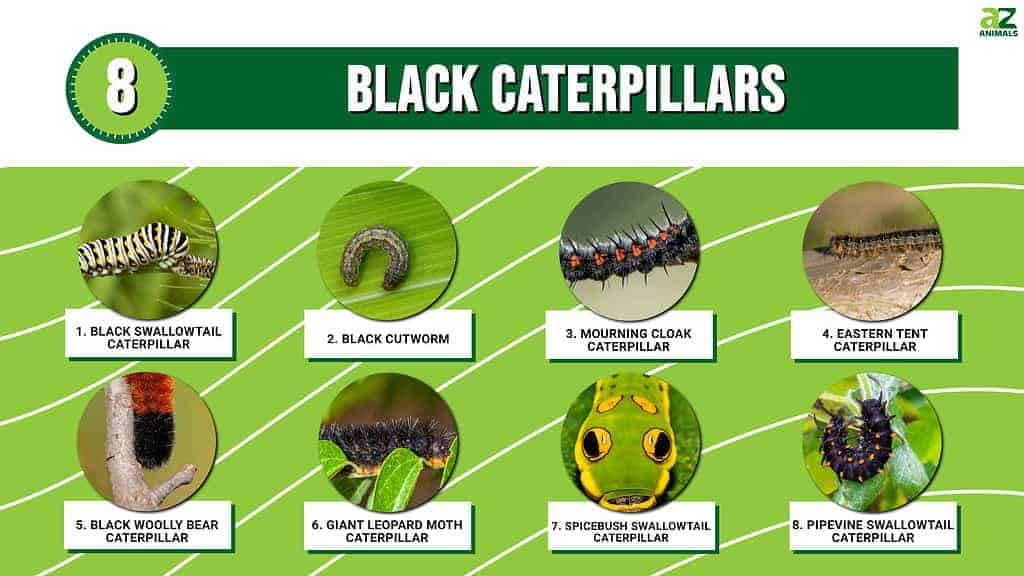
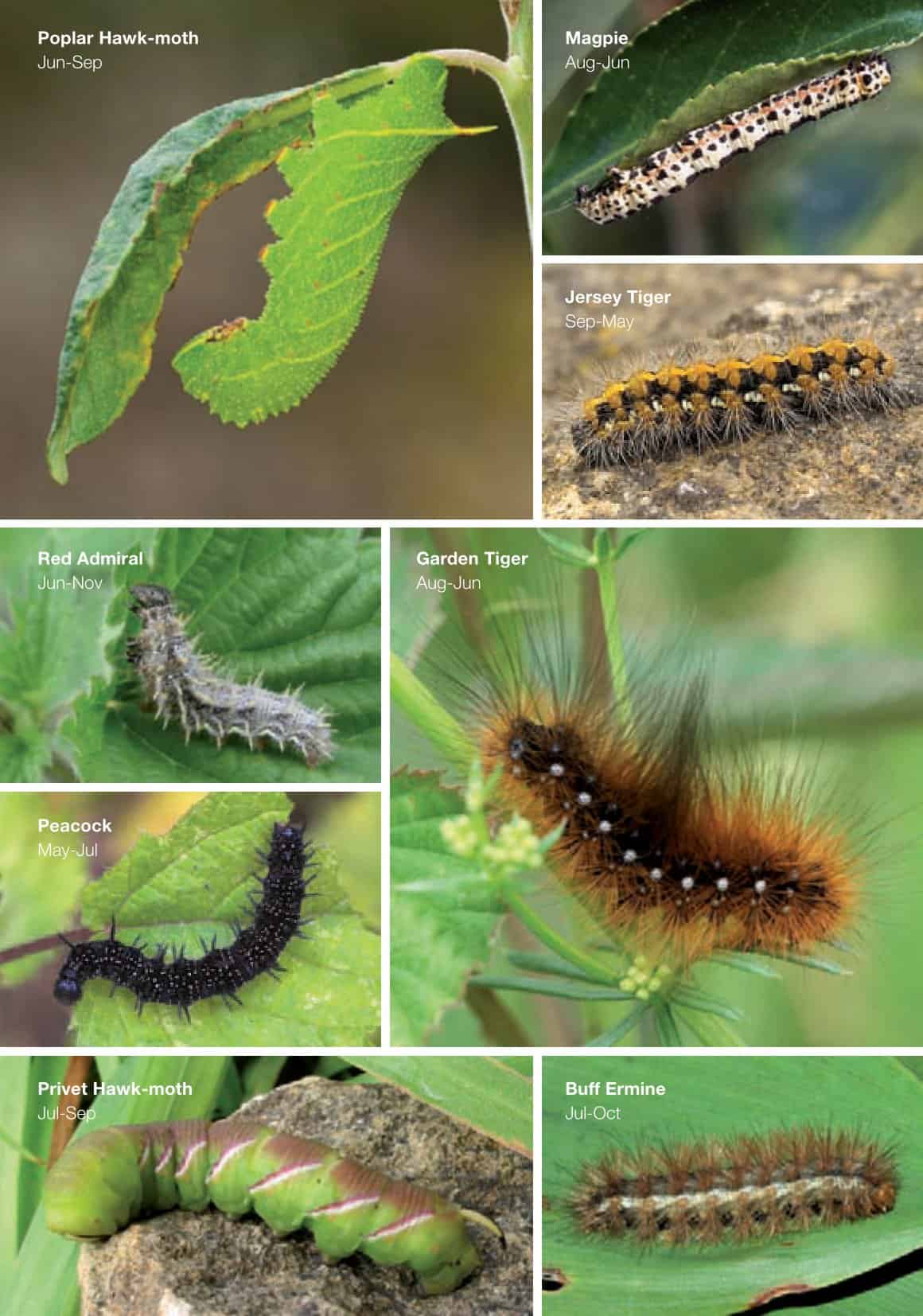



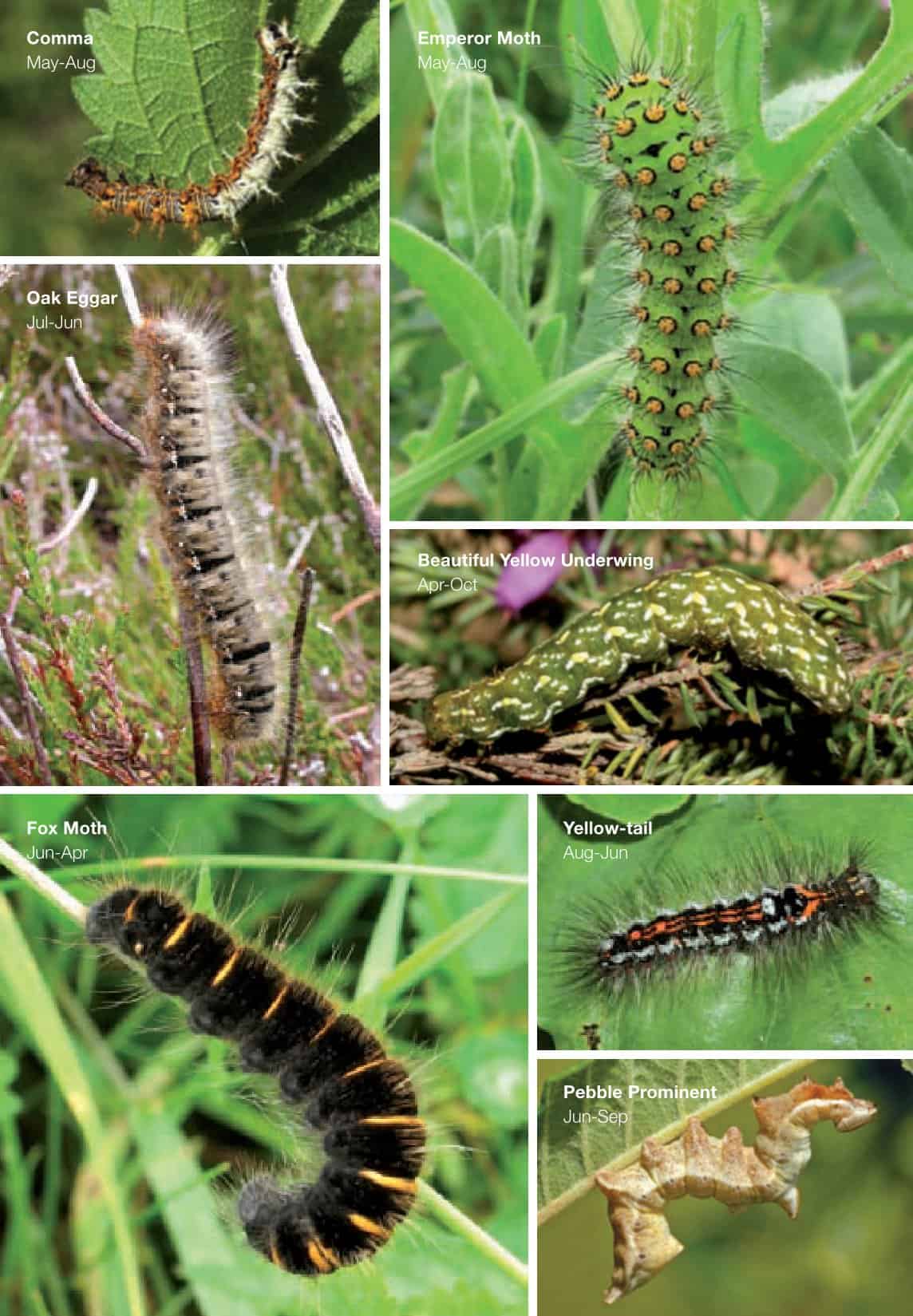

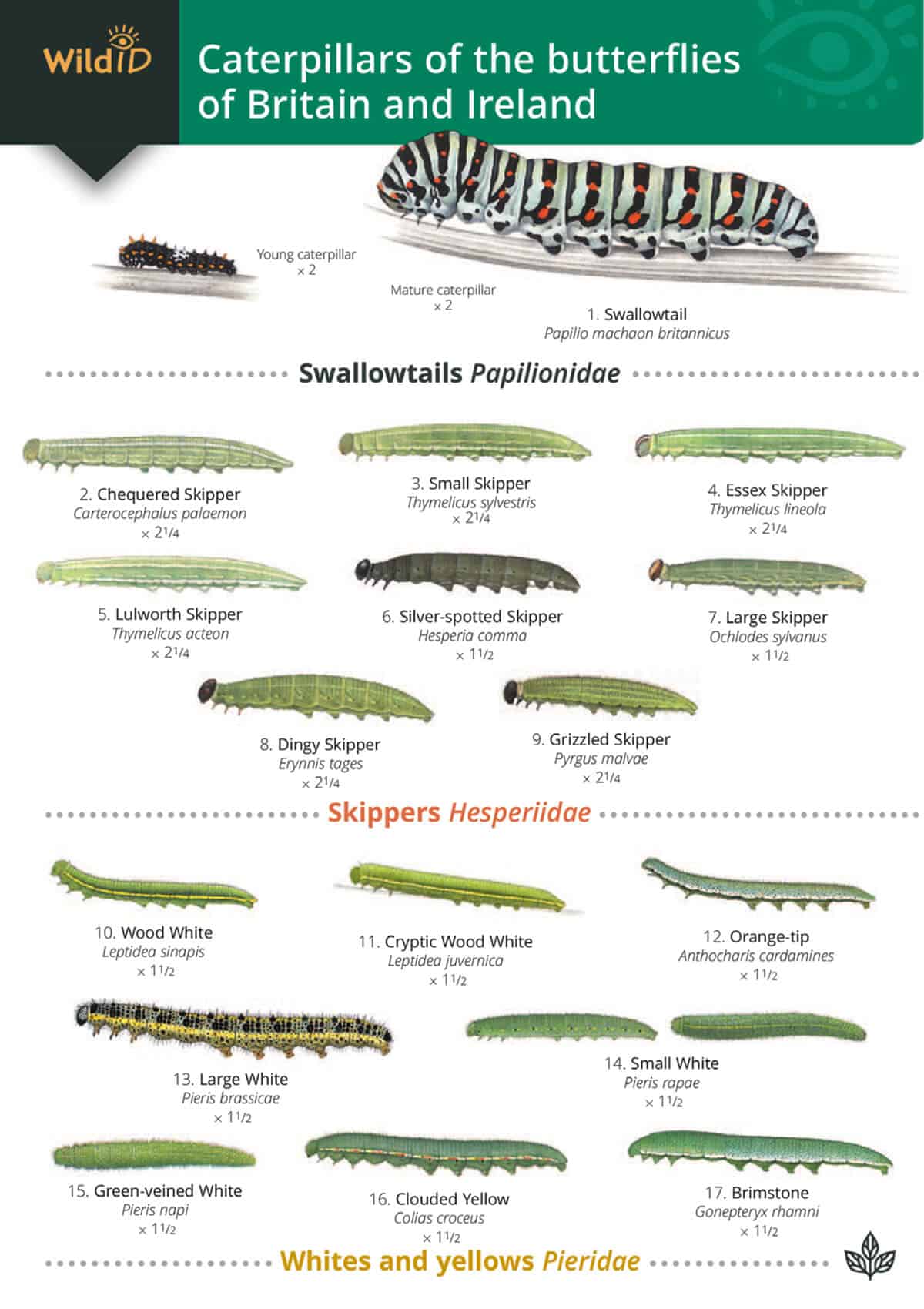
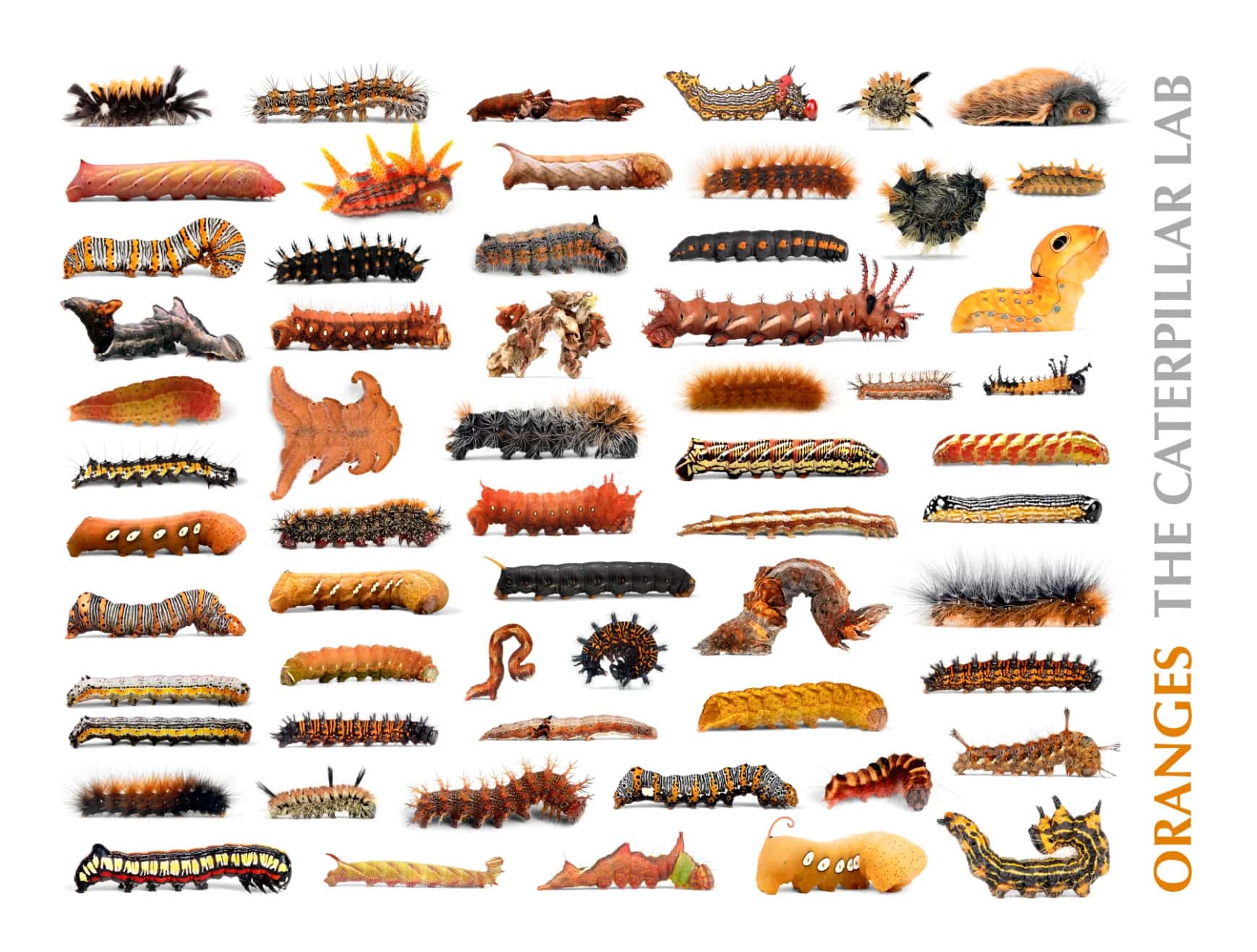



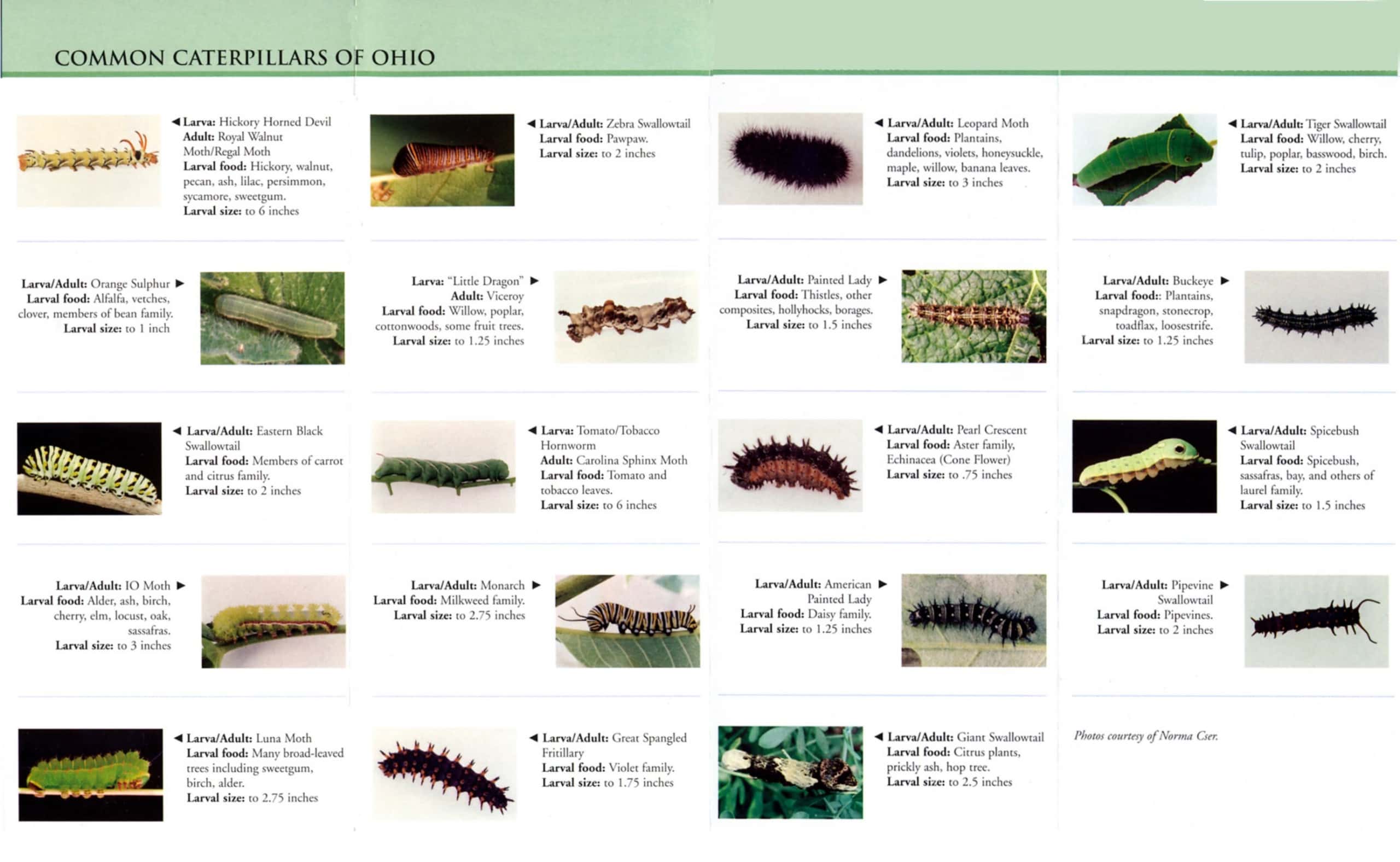


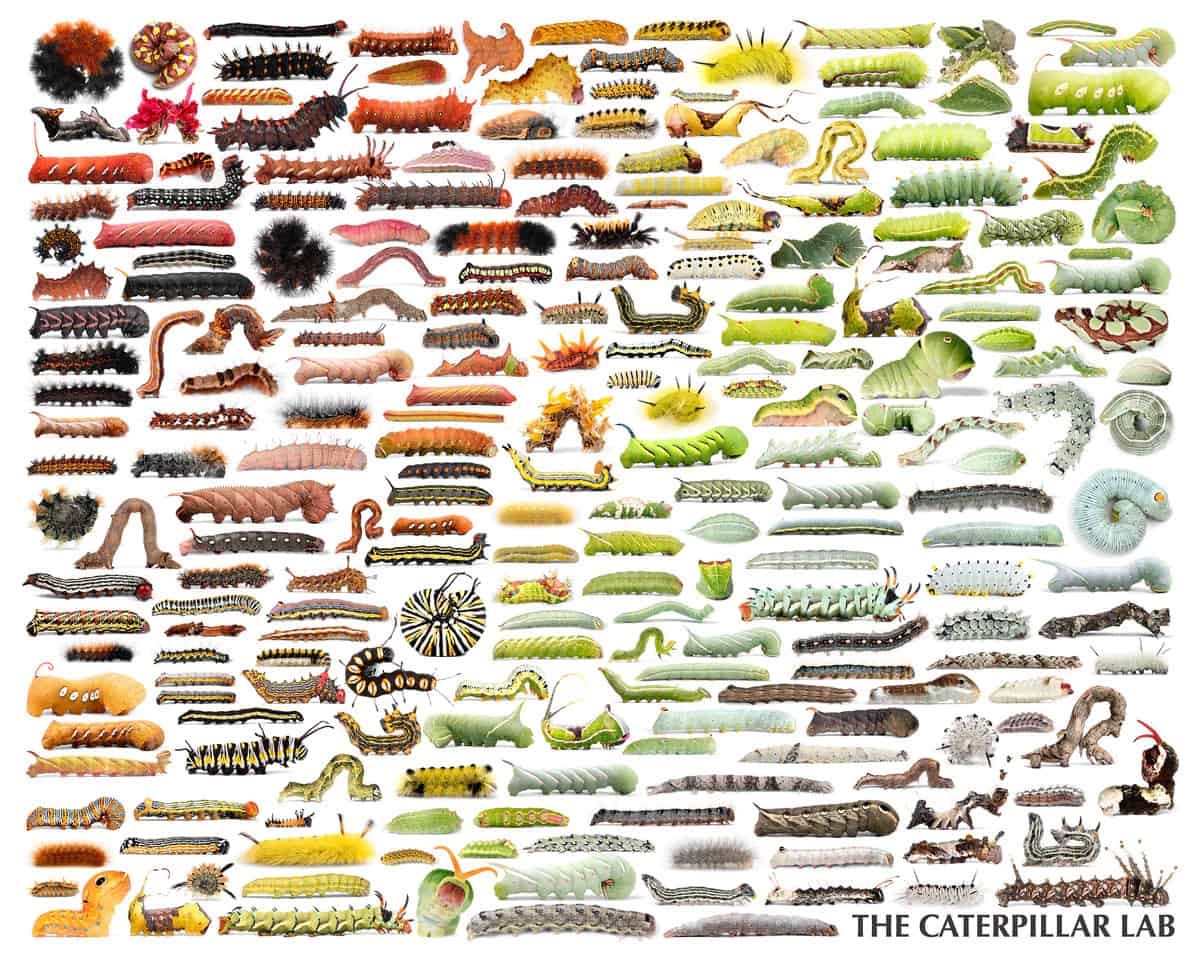

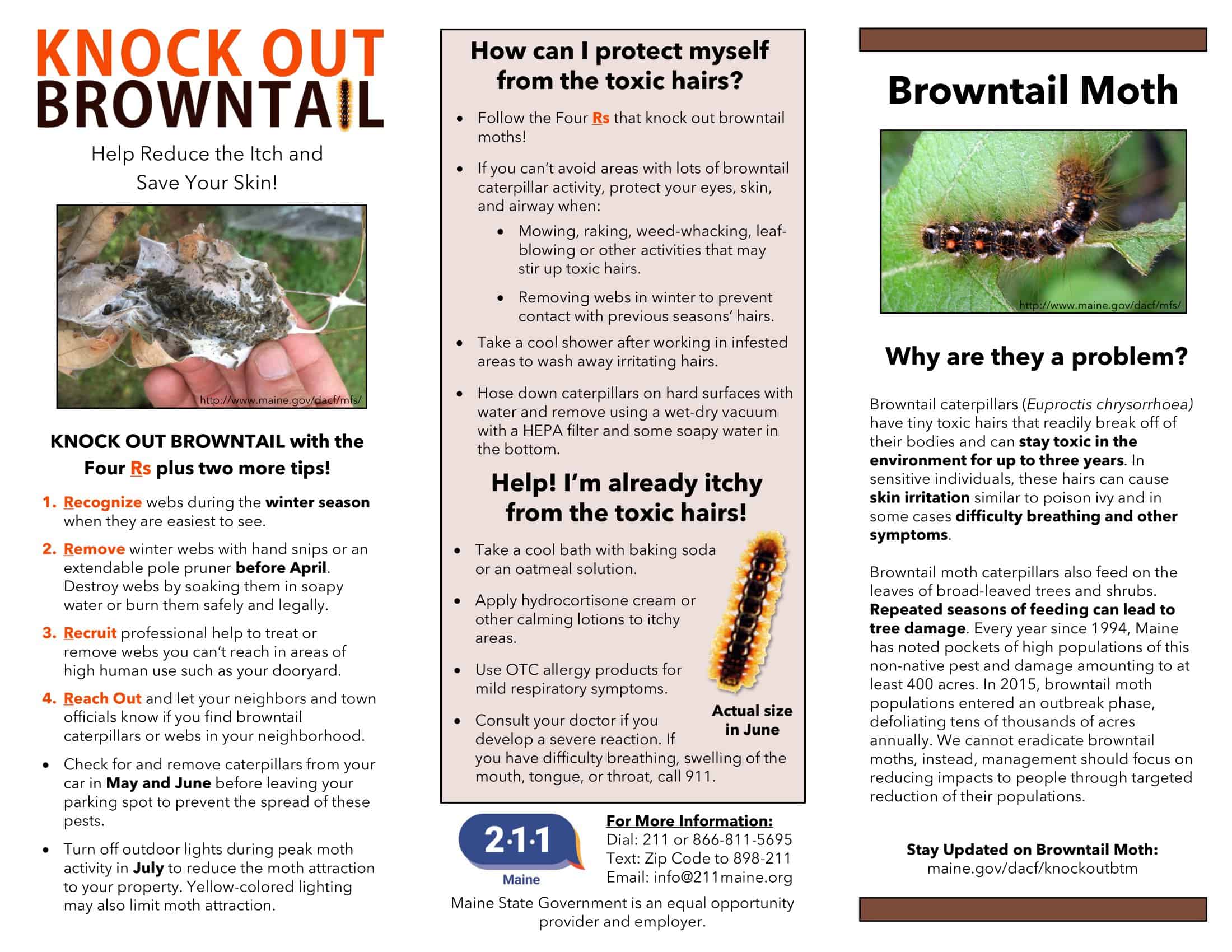


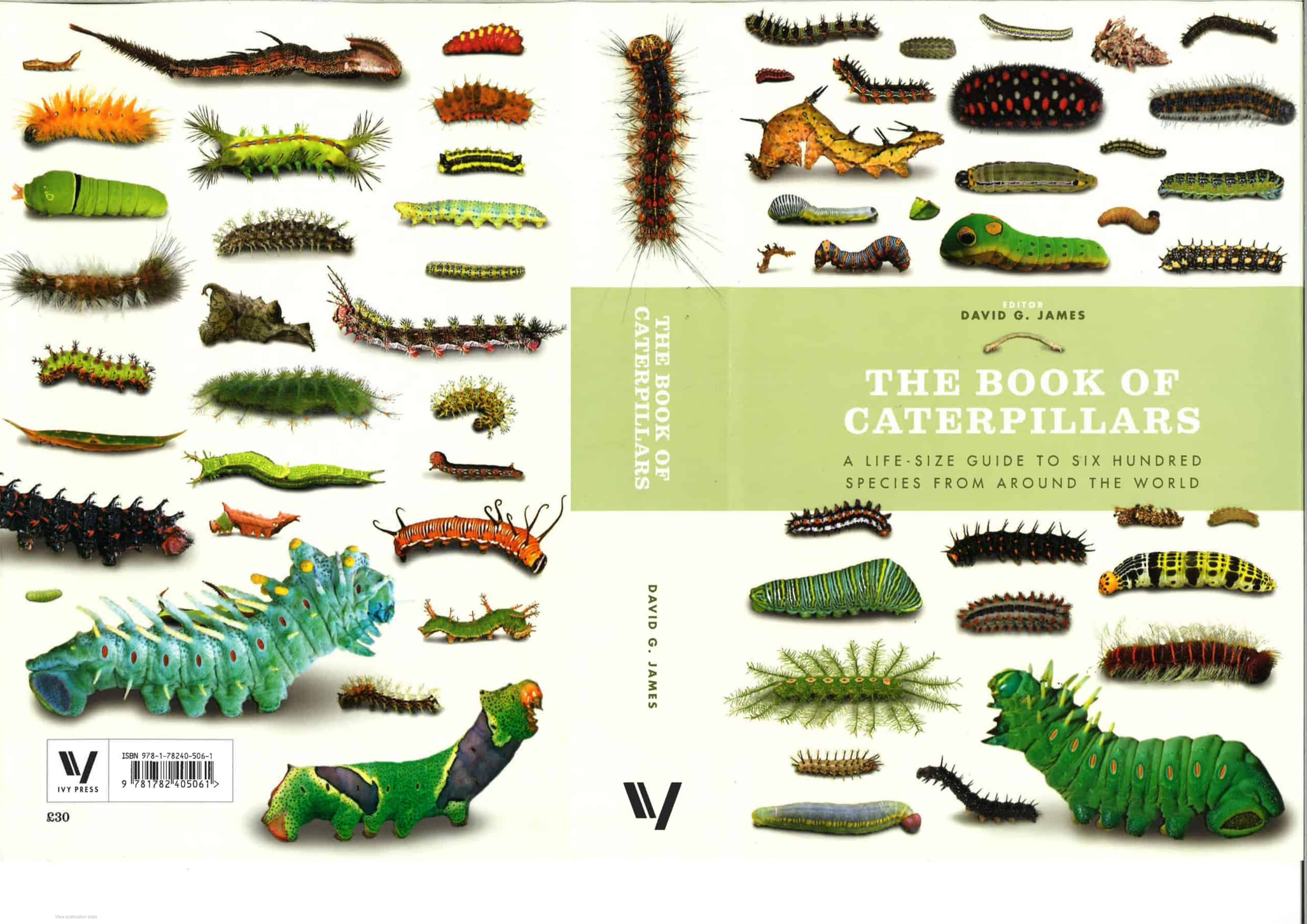
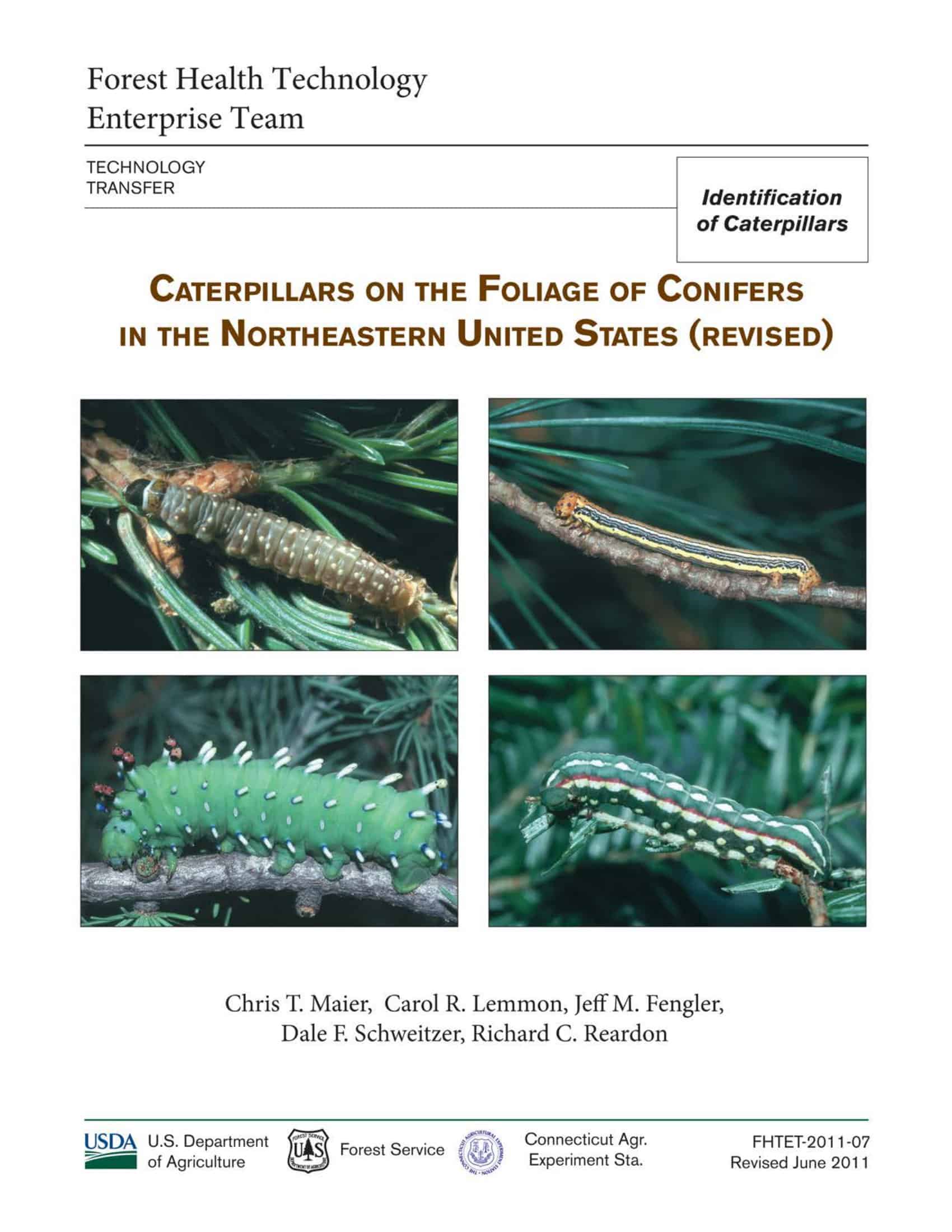
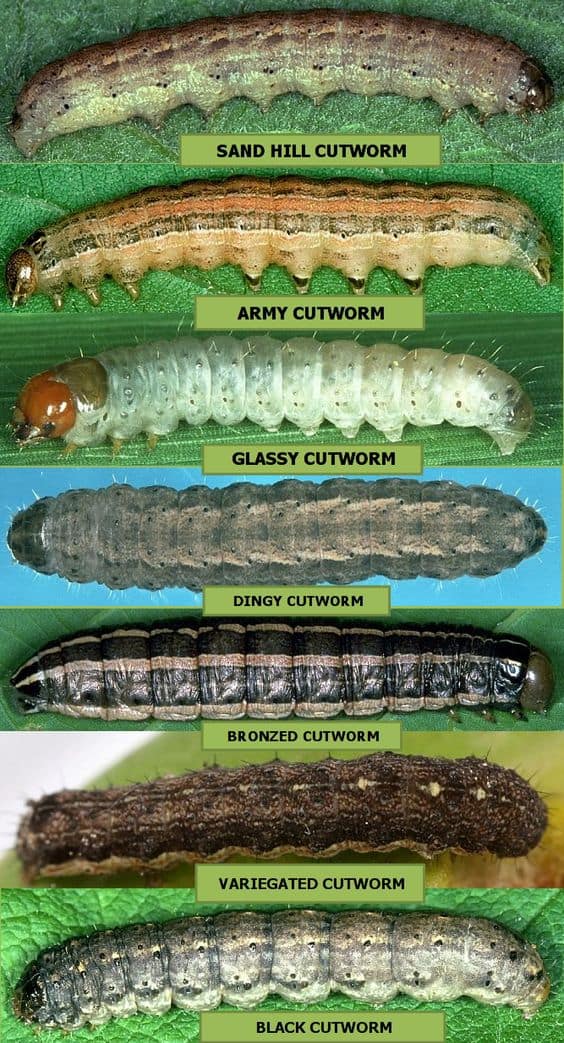









![Free Printable Morse Code Charts [Numbers, Alphabet] 1 Morse Code Chart](https://www.typecalendar.com/wp-content/uploads/2023/09/Morse-Code-Chart-150x150.jpg)


